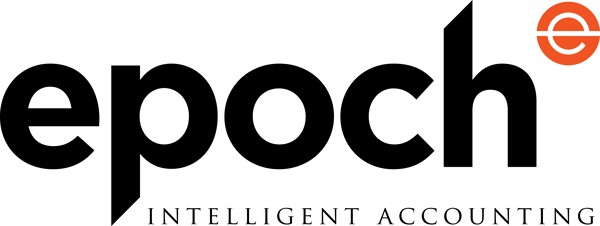Clarifying the non-arms length income rules for super funds
The non-arms length income (NALI) rules prevent superannuation trustees artificially increasing the balance of the fund, and accessing preferential tax treatment on the higher amount, by failing to recognise expenses incurred by the fund provided by a related party at a reduced rate. For example, your brother is a qualified accountant and does all of your SMSF’s accounting work for free (that he would normally charge $5k for).
Currently, where expenses incurred by the fund are not at arm’s length and below market rates, any income derived could be deemed to be non-arm’s length income and taxed at the top marginal tax rate. Expenses are divided into two categories, general and specific. General expenses relate to all of the income of the fund, for example accounting and audit fees. Specific expenses relate to a specific asset such as maintenance expenses on a property owned by an SMSF.
A Treasury consultation paper released in January 2023 recommended amendments to the way NALI is dealt with. The consultation recommended capping the amount of fund income taxable as NALI to 5 times the amount of the breach. The Budget confirms this cap to twice the level of a general expense.
In addition, fund income taxable as NALI will exclude contributions.
Expenditure that occurred prior to the 2018-19 income year will be exempt.
And, as per the consultation, large APRA regulated funds will be exempted from the NALI provisions for both general and specific expenses of the fund.
Confirmed 30% tax on super earnings above $3m
| From | 1 July 2025 |
An additional tax of 15% on earnings will apply to individuals with a total superannuation balance over $3 million at the end of a financial year from 1 July 2025. The definition of total superannuation balance (TSB) for the new tax uses the current definition and includes amounts in retirement phase pensions.
The calculation for the tax aims to capture growth in TSB over the financial year allowing for contributions (including insurance proceeds) and withdrawals. This method captures both realised and unrealised gains, enabling negative earnings to be carried forward and offset against future years.
Interests in defined benefit schemes will be appropriately valued and will have earnings taxed under this measure in a similar way to other interests.
Individuals will have the choice of paying the tax personally or from their superannuation fund and those with multiple accounts can nominate which fund will pay the tax.
This measure is estimated to increase tax receipts by $950m and increase payments by
$47.6m over the 5 years from 2022-23.

